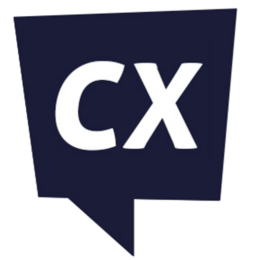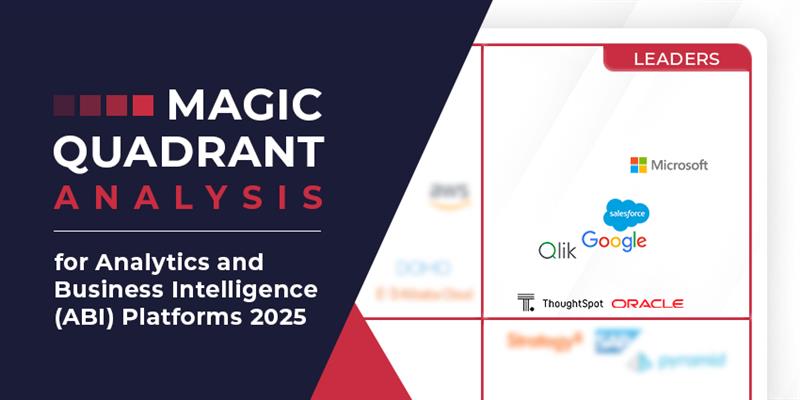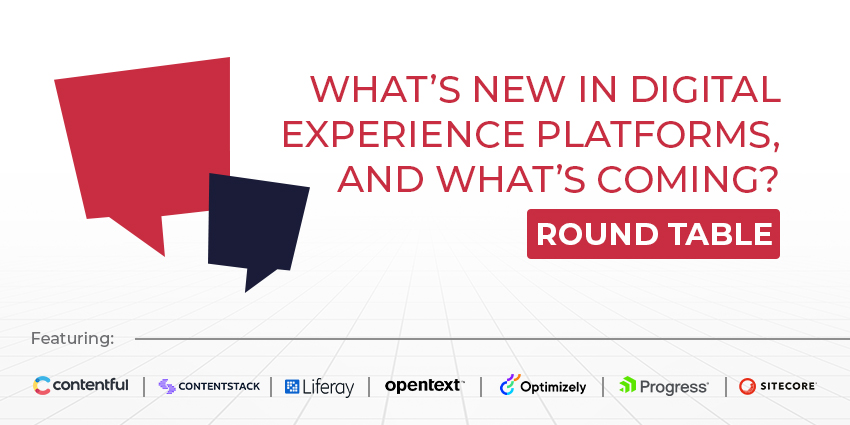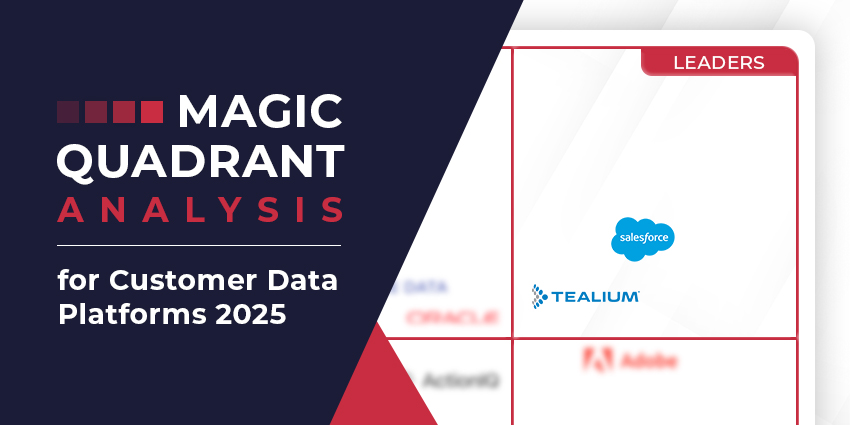Data is fast becoming the rocket fuel for CX success.
Indeed, 96 percent of CX leaders are expanding their customer data strategies – according to Precisely research.
However, the research also found that only 37 percent of CX leaders believe they have a well-developed enterprise data architecture.
Enter the customer data manager.
What Is a Customer Data Manager?
First, consider the art of customer data management. It is a method and structure for gathering, organizing, and evaluating customer data from many sources to create a unified perspective of each client.
As such, the customer data manager is in charge of carrying out each of these responsibilities.
Moreover, customer data managers must theorize how to effectively use organizational data, including customer data, to meet critical business goals and CX outcomes.
In addition, customer data managers must ensure compliance with applicable laws and rights to consumer privacy.
4 Tasks That a Customer Data Manager Must Perform
To help enhance and support a data-centric CX framework, a customer data manager must:
-
Collect and Integrate Data
Today, most companies are inundated with data from several platforms, channels, and devices.
To create a customer data management architecture, managers must first comprehend what data they have available to them.
Having identified the many sources of crucial data, it is next brought into a centralized system and put through a procedure known as ETL, or “Extract, Transform, Load.”
-
Manage and Process Data
As noted previously, data management brings together disparate data elements to create unified consumer profiles.
This process might include procedures like authenticity resolution, identity graph construction, 360-degree consumer profiling, and consent integration to guarantee compliance. It is also necessary to anonymize the data for AdTech applications.
-
Analyze Customer Data
Managers of consumer data may create targeted groups with similar client profiles for customer segmentation.
Yet, this is just one example of data modeling, where data managers perform tasks like cluster, cohort, and predictive analysis.
Managers often create entity relationship diagrams (ERDs) to support such analysis.
-
Act on or “Activate” the Data
Collecting all data in one location is often considered crucial as it allows the data manager to spot trends and understand their widespread impact.
From this, data managers can support CX teams in making better decisions.
However, managers can surface invaluable insights even by independently assessing various systems.
What Are the Tools that a Customer Data Manager Needs to Use?
CDM is heavily reliant on technology. Fortunately, there are many tools and systems that can support customer data managers. This includes:
- Customer data platform (CDP)
- Data management platforms (DMP)
- Customer Relationship Management (CRM)system
- Digital Experience Platforms (DXP)
- Data Enrichment tools
- Customer Data Infrastructure
- Customer Intelligence Platforms
- Customer Data Activation Platform (CDAP)
While B2C or D2C brands more often hire customer data managers and utilize these tools, B2B businesses may also benefit from doing so to lift their data strategy.
Indeed, real-world consumer data may aid businesses in choosing the right audience to target. Pay-per-click advertisements, social media postings (both sponsored and organic), and email campaigns may be more successful as a consequence.
Additionally, B2B brands can help ensure they meet regulations regarding the gathering and storing of client data. In doing so, they can avoid potentially costly penalties.
Best Practices for Customer Data Managers in 2022
First, understand privacy laws and industry regulations. Then, create a data security and governance framework for customer data management initiatives. Data retention and retirement policies are also vital.
In addition, avoid data saturation, which may overload your business with information and make it more difficult to make decisions. The phrase “paralysis by analysis” springs to mind here.
Finally, understand the motivation for collecting various sources of data. Getting to grips with this and knowing what it represents is fundamental when it is time to activate.







